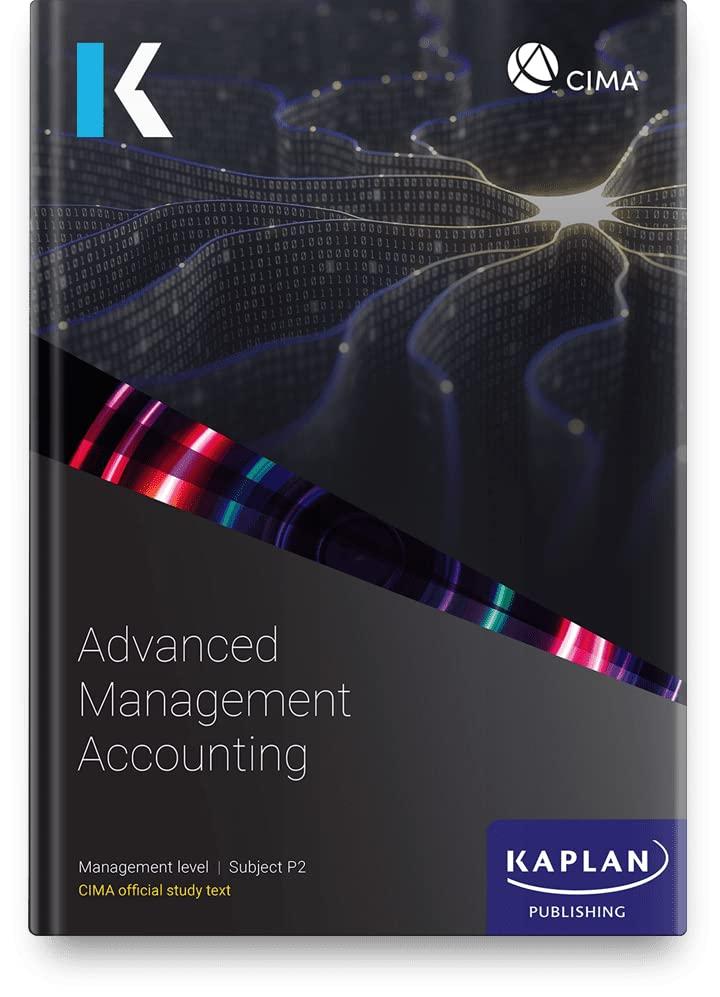Pool Group has two divisions that operate as profit centres. Each centre sells similar products, but to
Question:
Pool Group has two divisions that operate as profit centres. Each centre sells similar products, but to different segments of the market:
- Division P makes product P29 which it sells to external customers for $\$ 150$. Variable costs of production are $\$ 45$ per unit. The maximum annual sales demand for P29 is 5,000 units, although Division $P$ has capacity for 7,000 units. Increasing output from 5,000 to 7,000 each year would result in additional fixed cost expenditure of $\$ 8,000$.
- The manager of Division $L$ has seen an opportunity to sell an amended version of Product P29 to its own customers, and is interested in buying 2,000 units each year to re-sell externally at $\$ 90$ per unit. The costs of amending Product P29, for sale as Product $\mathrm{L} 77$, would be $\$ 25$ per unit. However, the manager of Division $L$ will not pay more than $\$ 40$ per unit of Product $\mathrm{P} 29$.
He argues that Division $P$ will benefit from lower fixed costs per unit by working at full capacity. The manager of Division $P$ refuses to sell at a price that does not cover the division's incremental costs.
Required:
Suggest a dual transfer pricing arrangement that might overcome the disagreement between the two divisional managers.
Step by Step Answer:






